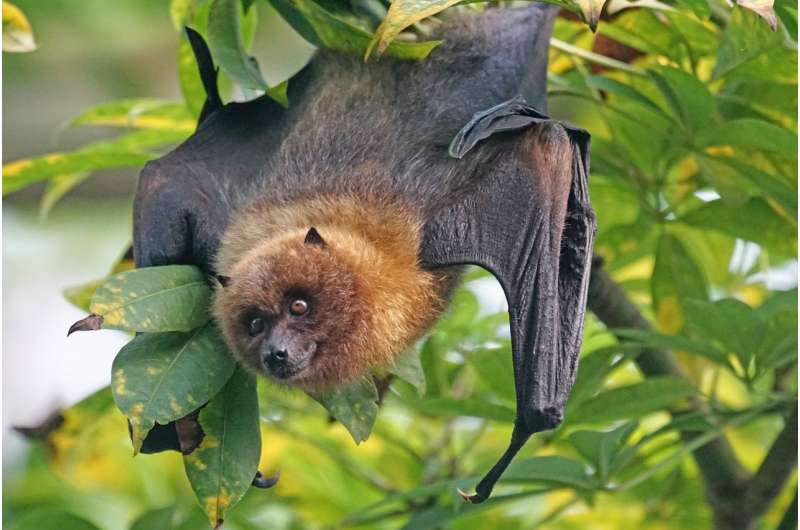Lyssavirus Infection from Bat Bites: Risks and Prevention

Learn about the rare but deadly lyssavirus transmitted from bats, how it affects humans, and the essential prevention and treatment strategies to stay safe.
Lyssavirus, though rare, poses a serious health threat in Australia, especially following bat bites. Recently, a man in his 50s in New South Wales died after being bitten by a bat months earlier, marking Australia's fourth human case of bat lyssavirus and the first in NSW since its discovery in 1996. This highlights the importance of understanding how this virus operates and how to protect yourself.
Lyssavirus is a member of the Rhabdoviridae family, the same group of viruses responsible for rabies. It primarily infects bat populations, with studies indicating less than 1% of healthy bats carry the virus. However, this prevalence can increase up to 5-10% in sick or injured bats. Many infected bats show no outward symptoms, but some exhibit neurological issues such as disorientation, aggression, muscle spasms, or paralysis. The virus is confirmed to be present in several bat species across mainland Australia, including the four major flying fox species and some microbats.
Though human cases are exceedingly rare, they can be fatal. Transmission occurs through direct contact with infected bat saliva — via bites, scratches, or open wounds — or when mucous membranes such as the eyes, nose, or mouth are exposed to contaminated saliva. Casual contact with bat feces, urine, blood, or proximity to roosts does not pose a risk.
The incubation period varies from a few weeks to over two years, during which the virus travels along nerves to the brain without symptoms. If exposure occurs, prompt treatment with post-exposure prophylaxis (rabies antibodies and vaccine) is highly effective if administered within the first week. Once symptoms appear, there is currently no cure; the disease rapidly progresses to severe neurological failure and death, typically within one to two weeks.
Preventive measures include pre-exposure vaccination for high-risk groups such as vets, wildlife handlers, and laboratory staff working with lyssaviruses. For the general public, avoiding direct contact with bats is crucial. If bitten or scratched, thoroughly wash the wound with soap and water for at least 15 minutes, apply antiseptic, and seek immediate medical attention for post-exposure treatment.
Public awareness, vaccination of vulnerable groups, and ongoing research into new therapies are vital to combat this deadly, yet rare, virus. Protective actions can prevent tragic outcomes and ensure public safety in regions where bats are prevalent.
Source: https://medicalxpress.com/news/2025-07-lyssavirus-rare-deadly.html
Stay Updated with Mia's Feed
Get the latest health & wellness insights delivered straight to your inbox.
Related Articles
Understanding Andropause: The Rise in Awareness of Male Testosterone Decline
Learn about andropause, the natural decline of testosterone in aging men, its symptoms, diagnosis, and treatment options to better manage health and well-being in later years.
Persistent Barriers Hinder Adolescents' Oral Health Improvements
A recent study highlights persistent structural, social, and emotional barriers that prevent adolescents from achieving better oral health, despite overall improvements in childhood dental outcomes. Learn how community-based approaches and systemic changes can help bridge the gap.
Targeting Cancer-Activated Stellate Cells Could Prevent Liver Metastasis
New research suggests that removing cancer-activated stellate cells in the liver could prevent metastasis, opening new therapeutic avenues for liver-related cancers.



